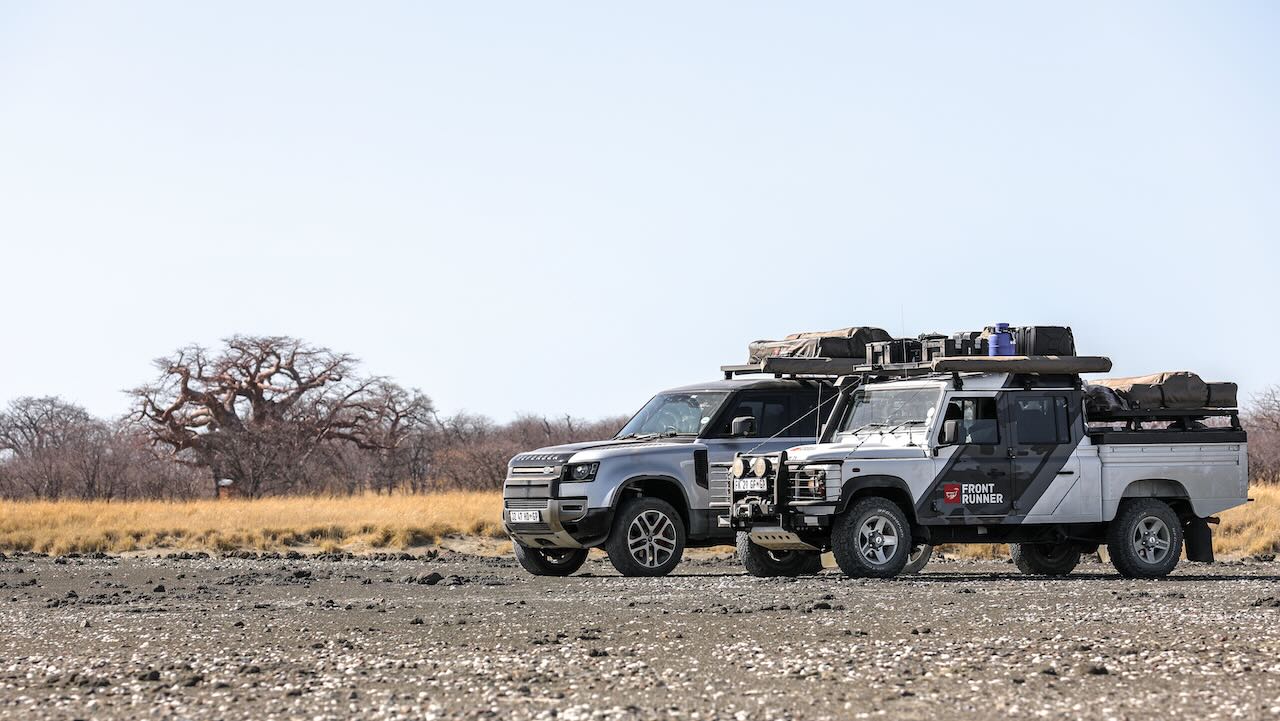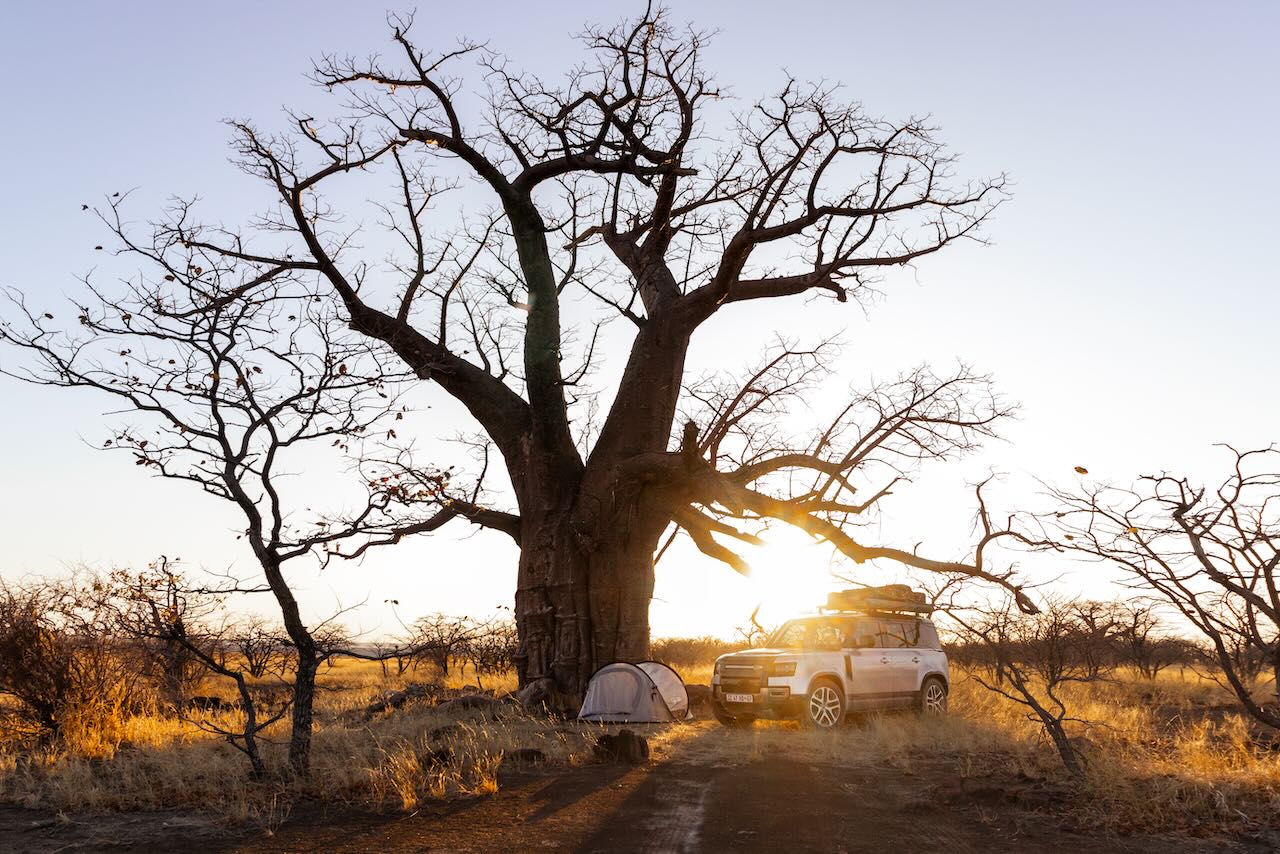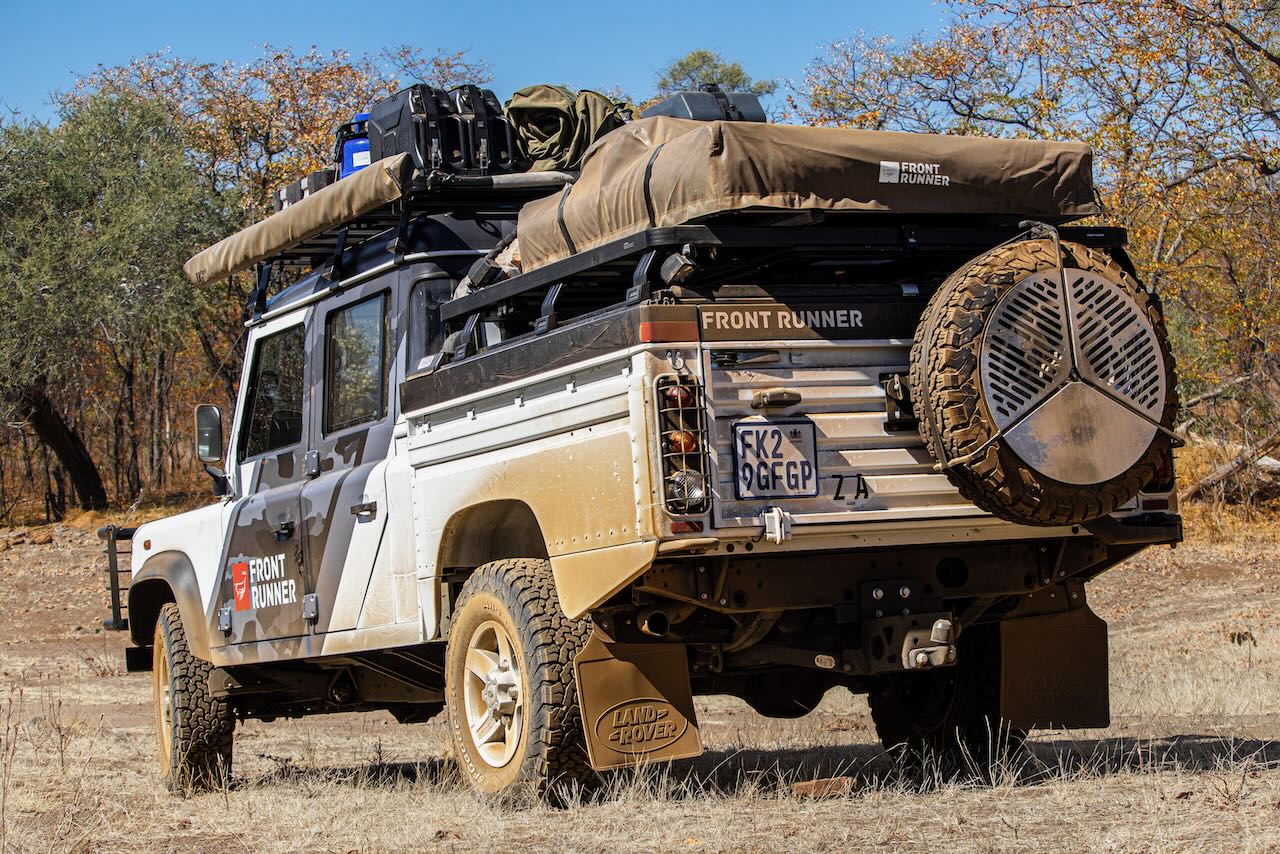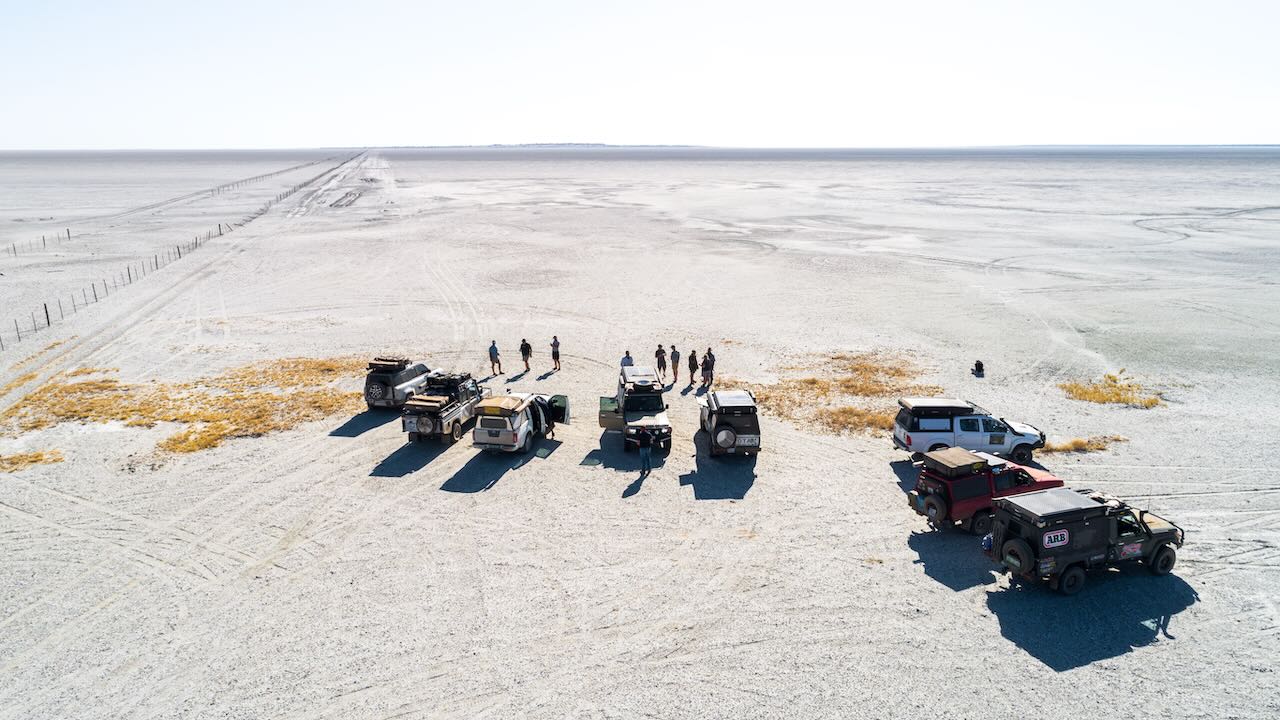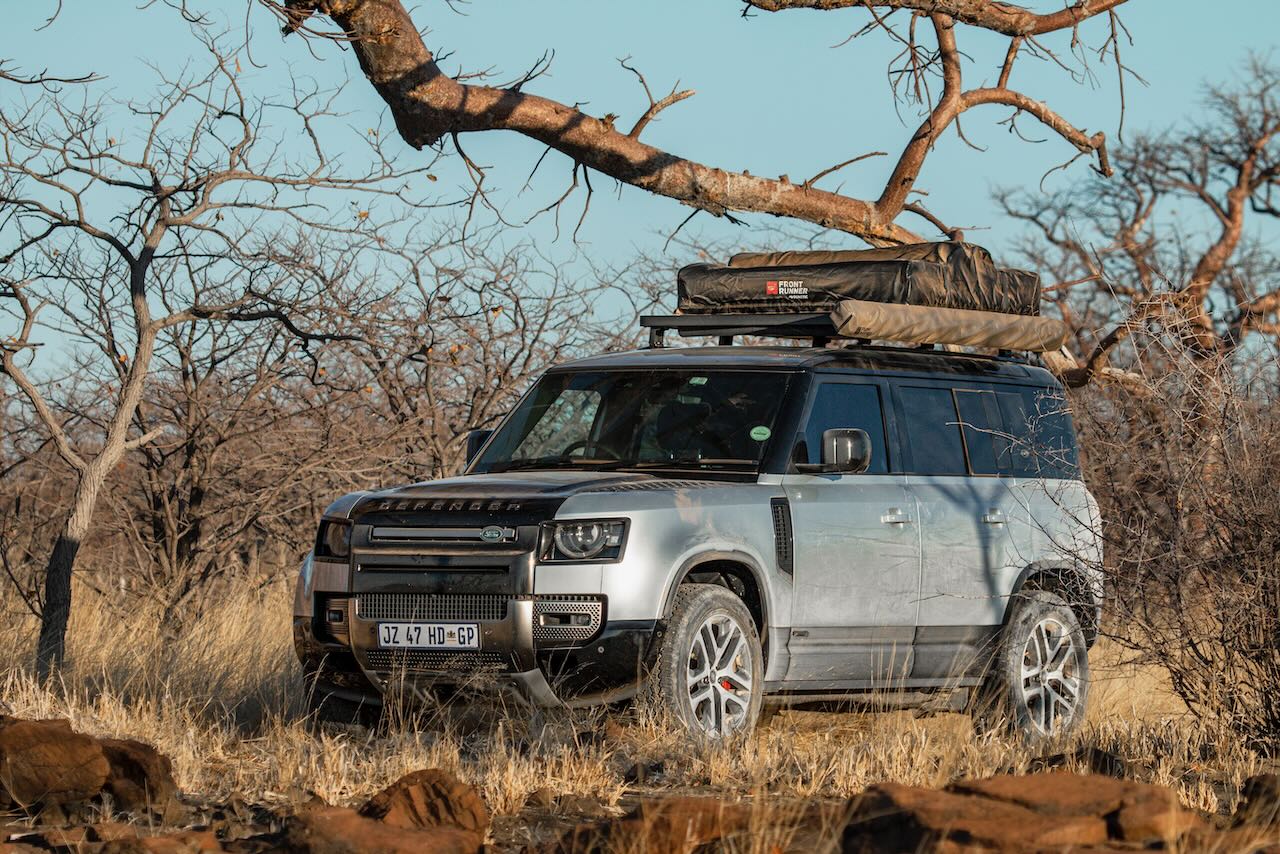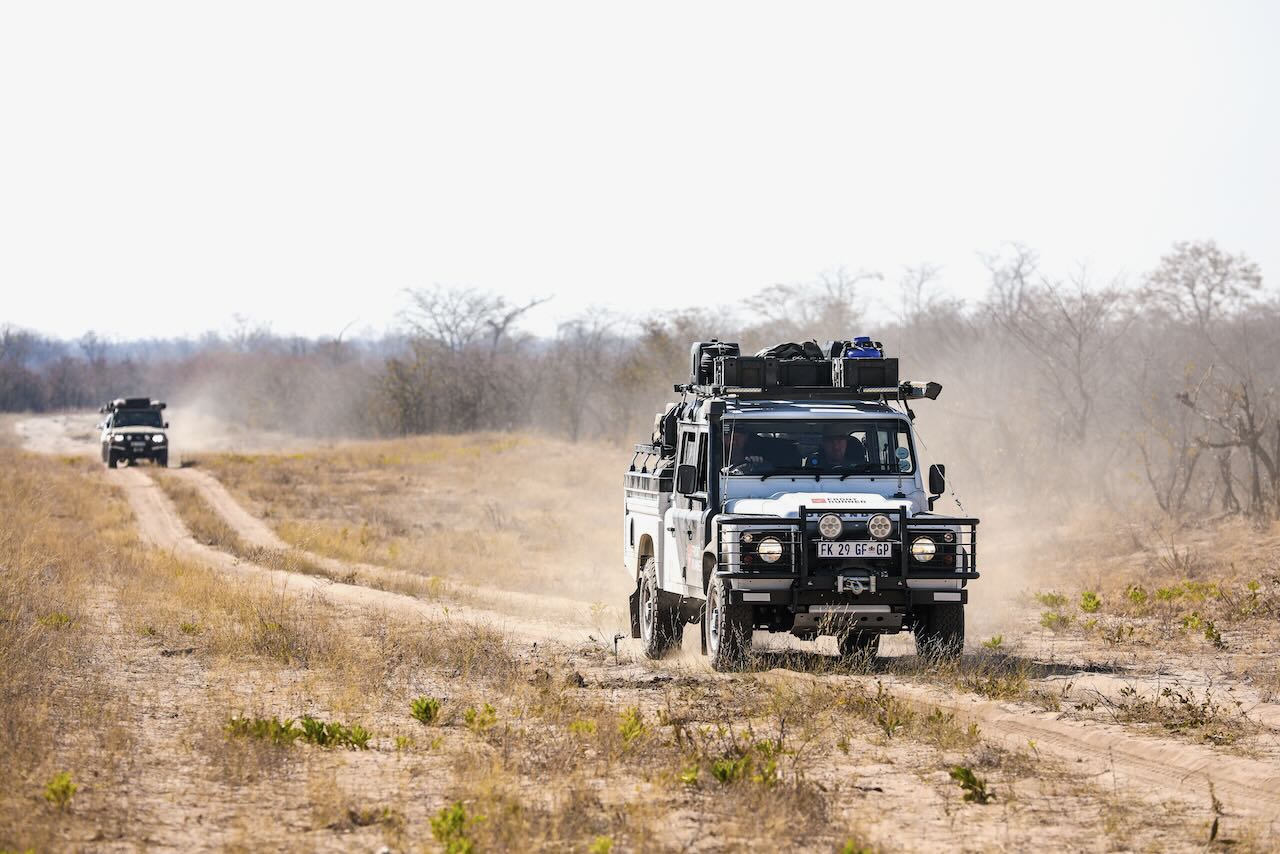I could just about smell Johannesburg, less than 321 km to go. We had been up since 5:00 am, our plan was to drive from Kasane, on the banks of the charming Chobe River in northern Botswana, to Johannesburg, 1200 km away. We are breaking my first rule of African travel, don’t drive at night. Why? Drunk drivers, animals on the road, and people running out of driving talent. It can kill you.
I am behind the wheel of the big 130. I love this old girl; she is fitted with every Front Runner accessory ever made and has been our chef, shower, and cold beer provider on this trip.
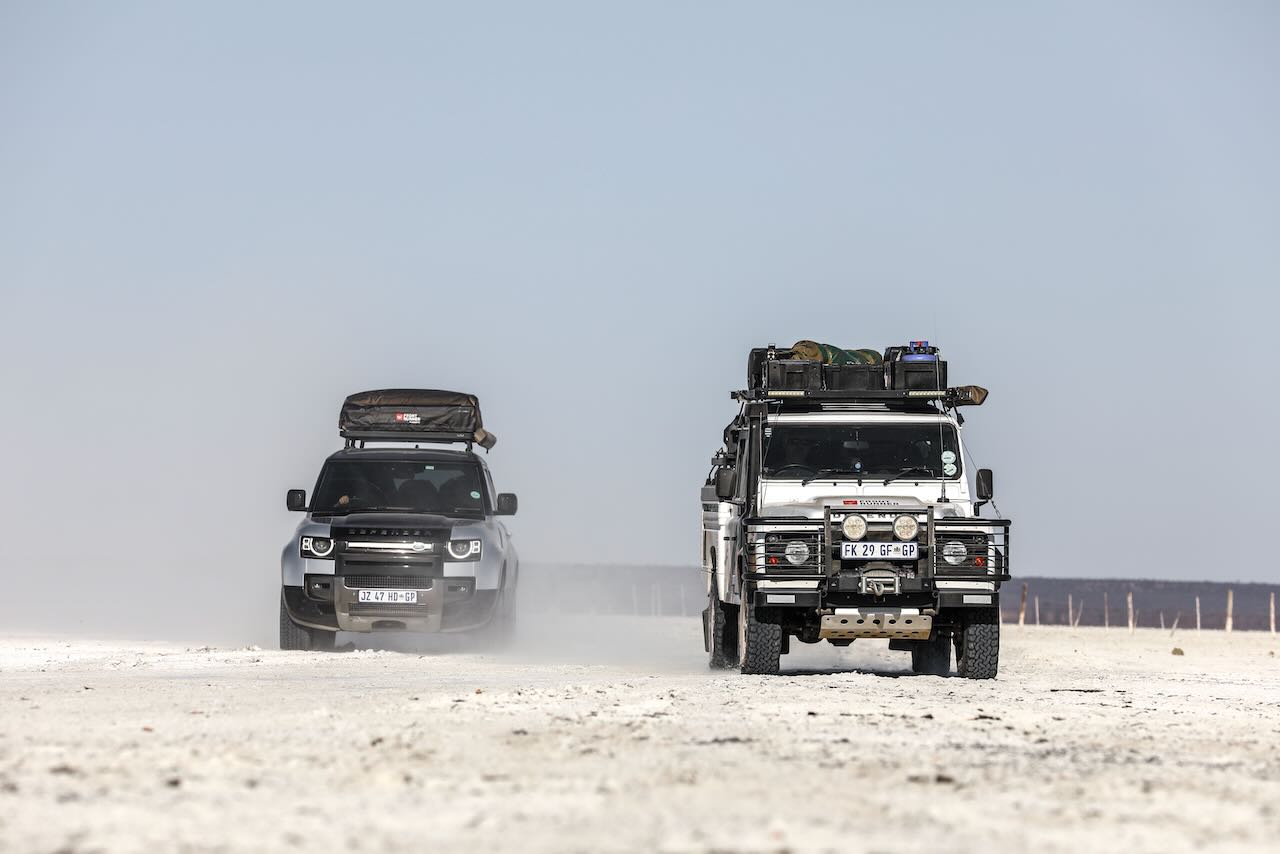
The truck approaching from the front has its main beams on. I try to look away, but they still blind me. I realise it is in my lane and about to smash into us. I don’t want to die here. I pull hard left on the steering wheel. There is no time to look out for pedestrians, donkeys, or—God forbid—a young child. I wait for the impact of the truck. It does not come; we are doing 120km/h through the dry and dusty bushveld. I dare not brake for fear of rolling; old Defenders are notorious for just that. I allow the Defender to come to a halt slowly. St. Peter is nowhere to be seen. I am still alive. I bloody love old Defenders.
What about my friends behind us in the new 110? It has all the technology and driving aids in the world, but there is no special red button to deal with a truck driver who has fallen asleep. Are they dead? Did the truck get them? Once the dust settles, I see that they, too, took the off-road alternative to certain death. Africa is most certainly not for sissies.
New vs. old
Even though I am attempting to compare the new and old Defender, there is no comparison. The 2016 Defender 130 I am in is similar to the 1983 110 also produced by Land Rover. It was assembled by hand and not by robots; it has coil suspension, a body on chassis construction, and is undoubtedly the motoring icon of the people—instantly recognisable and loved the world over. You can find spare parts for it in the most remote of locations. Case closed. End of article.
Not so for our 2022 Defender X 110 D300; it came off the production line at JLR’s newest and most modern production facility in Nitra, Slovakia. When running three shifts, this facility has the capacity to build 150,000 cars a year. Land Rover produced less than 20,000 old Defenders per year towards the end of production. The new Defender is a modern luxury vehicle with more electrickery than a rocket ship on the way to Mars, while an old Defender can normally be fixed next to the road.
Performance
Most old Defenders have a simple diesel engine under the hood. I have had an old-style Defender as my daily driver for over 15 years now, and I am not going to lie; you need to love them to drive them all the time. They are more tanks or tractors than a modern car.
Now as I find myself cruising in convoy at 100 km/h in a fully loaded old 130 after crossing into Botswana, I can’t be any happier. Plus, everyone is smiling and waving back at me; try that in a blingy new 110, and you might get greeted with a middle finger from someone bouncing along in a lifted Discovery 2 with big tyres or a Toyota. In some places in Africa, people see new, shiny vehicles as ATMs of sorts, and their drivers can expect to pay more in fines and bribes than in an old 130.
Of all the new Defender engine derivatives, the straight-six D300 is my favourite. Flatten the accelerator, and it just takes off—great for overtaking convoys of long trucks. The 130 requires more of a measured approach when passing.
It is rather fun flying across the dry Makgadikgadi salt pans at just over 160 km/h in a new Defender. Even though it is loaded, I can still throw it about through tight turns without worrying about toppling over. It does not handle like an old Defender; it sits solidly on both tar and rough tracks.
The 130 comes into its own when we engage low range and must crawl over the rough stuff. This is what it was made for. I know a new Defender has lockers front and back, plus lots of other off-road aids, but just how much capability do you need?
Comfort
Old Defenders are renowned for being uncomfortable. When cruising in the 130, I put my left foot on the handbrake for comfort. I open the driver’s window and crank up the not-so-good aircon. Going off-road along one of the hunting concession cutlines makes me feel at one with nature. You can smell the elephant dung and hear the squawk of the yellow-billed hornbill. It does not bother me that dust is coming in the windows and covering everything in its path.
Not so in the new Defender 110. I drive it with the windows closed, aircon on, seat massage on, and even seat aircon cranked to max. They have taken the Range Rover Gucci bits and put them in the new Defender. When off-roading, it feels like I am cheating on my old Defender as it sanitises the experience. Everything is too easy, and thanks to the air suspension, bumps are barely noticeable. It really takes the “off” out of off-roading.
Overlander
The latest Defender is still the new off-roader on the block. Global chip shortages have not helped sales and production. Overland accessory companies like Front Runner were quick out of the blocks with their new Defender Foot Rail Kit, while their popular Slimline II roof rack just slots on top of the rails, and—voila—you have a platform for whatever kit you want to transport on the outside of your Land Rover.
Our first stop before heading off is the Front Runner HQ in Kyalami, Johannesburg. Our new Defender has the rails and rack on in less than an hour. A roof-top tent and Easy-Out awning are also bolted on. Despite the additions, the increase in noise levels is minimal as we speed along toward the Botswana border.
Old Defender owners certainly have a more extensive catalogue of overland products, especially underbody protection and interior storage systems. I chatted to ARB recently, and they are not interested in developing a bullbar for the new Defender. In Africa and Australia, you don’t leave home without one.
US companies like Lucky 8 Off Road Equipment are leading the way in developing quality off-road accessories for the new Defender. To earn the same overland status as a Nissan Patrol or Toyota Troopy takes time. The new Defender is still light-years away from that.
Defender fans see the old 130 as the ultimate overlander due to its size and carrying capacity. Our 130 is living proof of that. It has two roof racks—one on the cab, which carries our boxes, jerry cans, water, and gas, and the second rack is on top of the enclosed load bed and houses our roof-top tent. One of my favourite parts of the 130 is that it has a load bed cargo slide, so accessing anything we have in there is a breeze. This slide is a blank canvas; one can customise your gear arrangement wherever your imagination takes you.
Fix on the fly
One of the biggest worries on an expedition or high-mileage road trip is the possible breakdown. Can you fix it there and then, or is help nearby? When it comes to the new Defender, one can fix punctures, replace filters, and do some of the basics yourself, but for the most part, you will need a sat phone to call a Land Rover mechanic to assist with the diagnosis.
Ironically it is the 130 that suffers the only technical issue of the trip. We initially thought it was the mass airflow sensor not reading the correct flow. A quick check with the diagnostics tool reveals that it is an ABS sensor; this is quickly resolved with the fault cleared and reset. The main thing is that we can fix it and carry on.
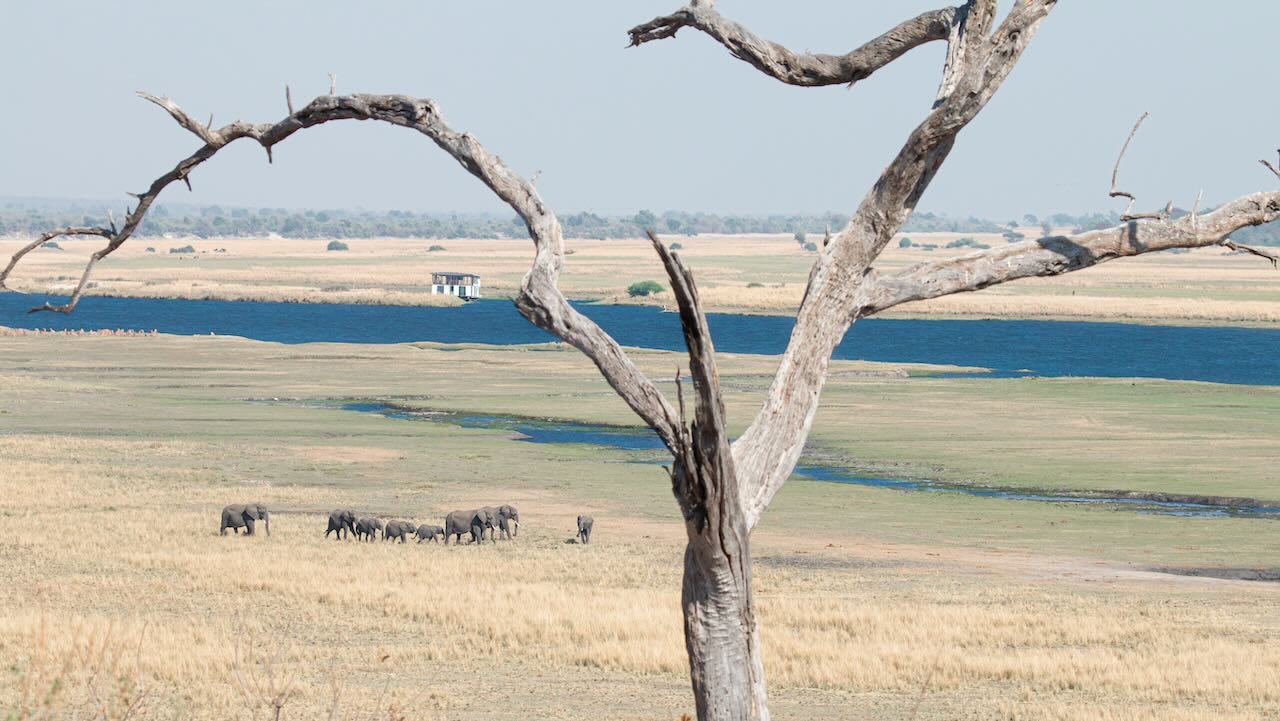
Consumption
Both vehicles are fully loaded, and this negatively influences fuel consumption. The tank on the new Defender is 14 litres bigger than the standard 75-litre tank on the 130. The heavily laden and not very aerodynamic 130 uses at least 20% more fuel than the 110. Land Rover’s modern diesel engines are certainly more efficient than the old ones.
Conclusion
I don’t feel that we will suddenly see a heap of new Defenders on the major overland routes around the world. Legendary explorer Kingsley Holgate did take the first new Defenders on a trans-Africa trip without any dramas, and he loaded them way past Land Rover’s legal limits.
When leaving Kasane, we decided not to do the northern section of the Hunters Road like the rest of the convoy because the thorn bushes would’ve destroyed the paintwork on the new Defender. Would I have done it in my old Defender? Of course, yes! That is what they are for.
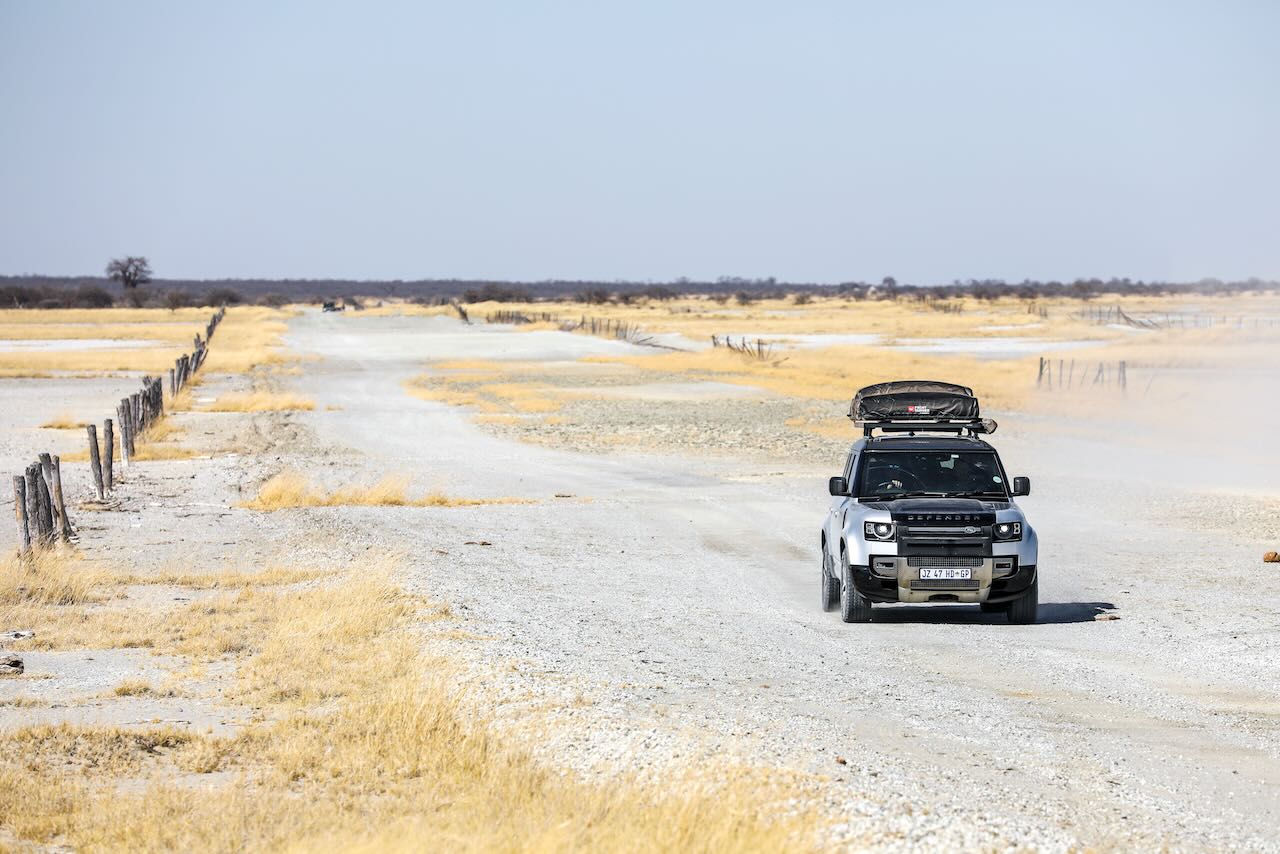
It is excellent to be comfortable and cool while doing 120km/h, but one of the most essential things when overlanding is the ability to fix your vehicle when it breaks down. With Land Rovers old and new, they certainly will. Old-style Defenders have this iconic legacy that the new Defender will never possess. Old Defenders have a soul; new Defenders are highly capable but soulless.
There are certain things that money can’t buy: the smile you get when climbing into an old Defender or the looks you get from others when driving one. That is why the original Defender remains the Land Rover king of the Bush.
2016 Defender 130
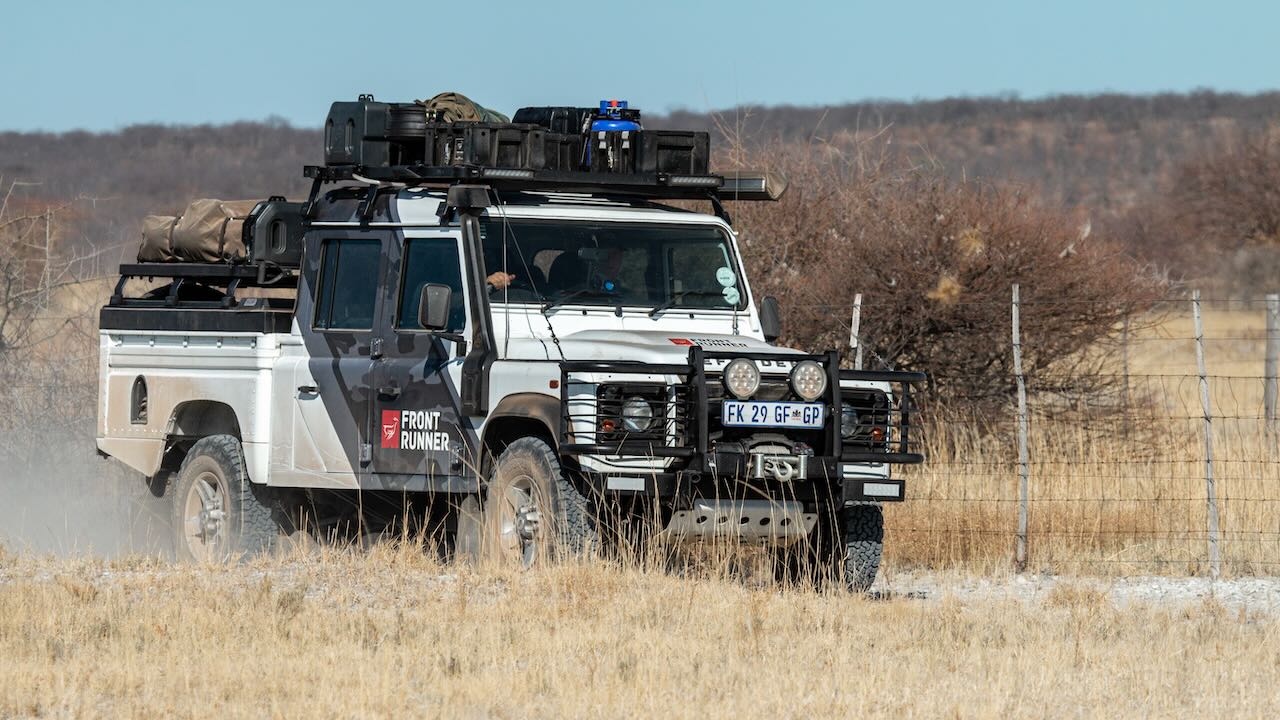
Top speed: 145 km/h / 90 mph
Turning circle: 15.1 metres / 49.5 feet
Engine: 2.2 litres
Max Power: 90 kW / 121 hp
Max Torque 360 Nm / 266 ft-lbs
4×4 system: Permanent with centre diff
Construction: Body on frame
Rear Suspension: Solid beam axles, coil sprung
Front Suspension: Solid beam axle, coil sprung
Tyres: 235/85 R16
Dry Weight: 2153 kg / 4747 lbs
GVM: 3380 kg / 7451 lbs
Fuel Tank: 75 litres
Ground Clearance: 250 mm / 9.8 inches
Approach Angle: 49 degrees
Departure Angle: 35.2 degrees
Ramp Angle: 152.5 degrees
Wading depth: 500 mm / 19.7 inches
2021 Defender 110 X D300
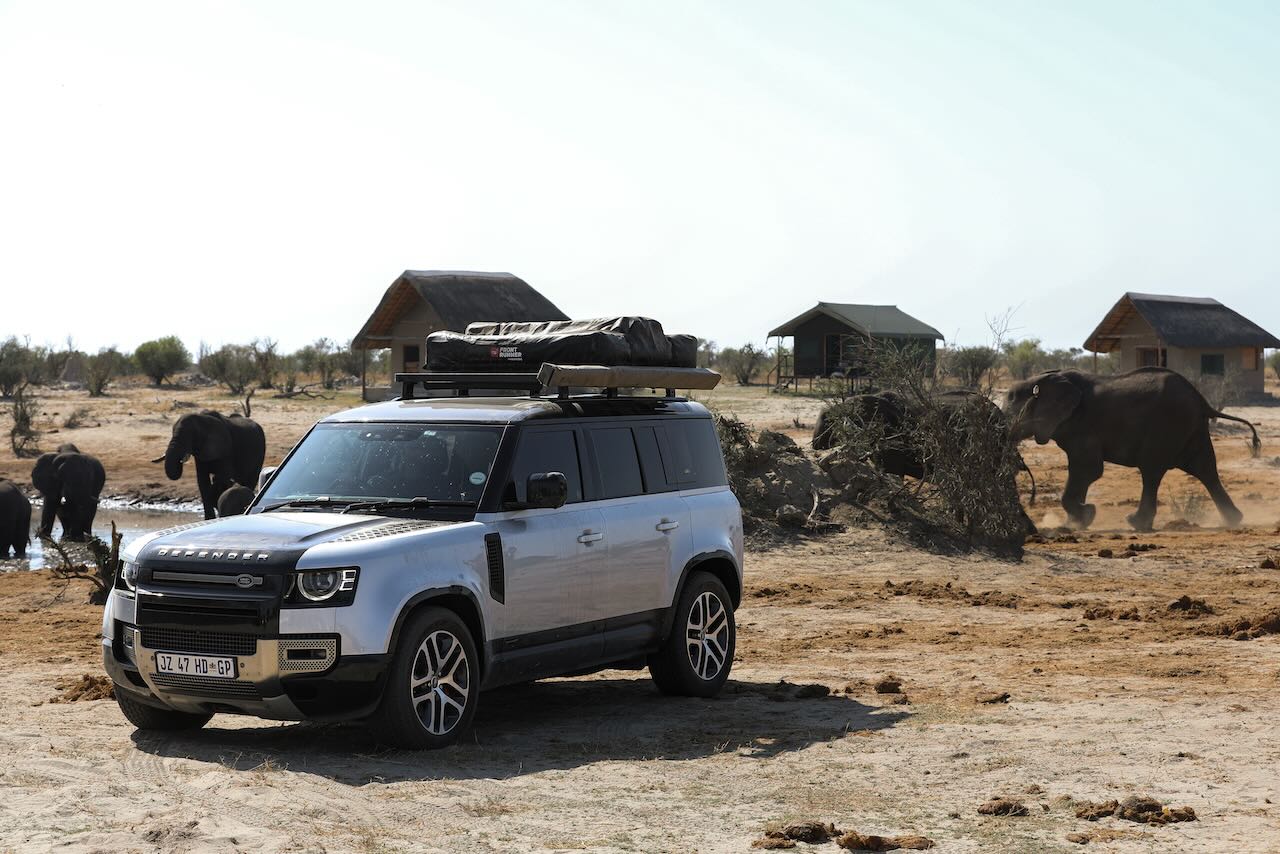
Top Speed: 191 km/h / 118 mph
Turning circle: 12.84 metres / 42 feet
Engine: 3.0 litres
Max Power: 221 kW / 296 hp
Max Torque: 650 Nm / 479 ft-lbs
4×4 system: Four Wheel Drive, Electronic Active Differential, Terrain Response 2
Max wading depth: 900 mm / 35 inches
Construction: Aluminium Monocoque
Rear Suspension: Independent Integral Link
Front Suspension: Double Wishbone
Tyres: 255/65/20 Goodyear All-Terrain Adventure
Dry Weight: 2310 kg / 5093 lbs
GVM: 3200 kg / 7055 lbs
Fuel Tank: 89 litres
Ground Clearance 291 mm / 11.5 inches
Approach Angle: 37.5 degrees
Departure Angle: 40 degrees
Ramp Angle: 28 degrees
Wading Depth: 900 mm / 35.5 inches
Our No Compromise Clause: We carefully screen all contributors to ensure they are independent and impartial. We never have and never will accept advertorial, and we do not allow advertising to influence our product or destination reviews.


